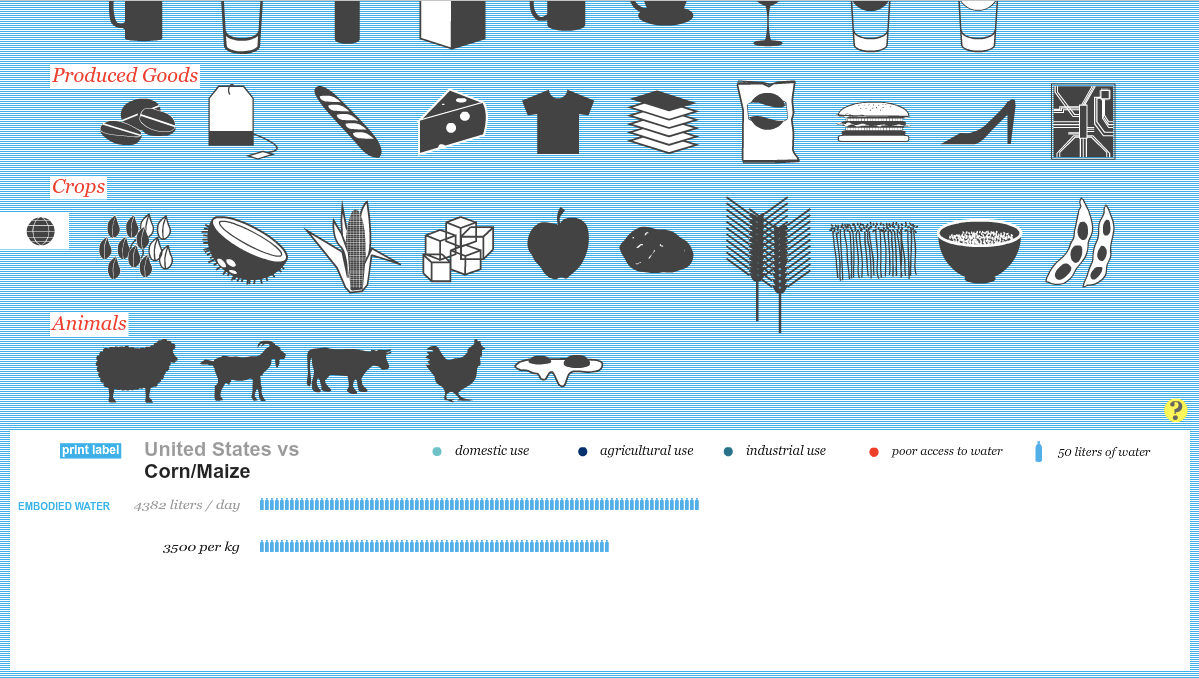Water Footprint Of Food

The amount of surface water and groundwater required evaporated or used directly to produce an.
Water footprint of food. Crops for example like all living things require water to survive. A slice of bread will chalk up 80 litres in water thanks to the water needed to grow the wheat. Water footprints are composed of three separate calculations. Meat and other animal products generally have larger water footprints per unit of weight or nutritional value than grains vegetables or beans because livestock and poultry eat large quantities of.
1 blue water footprint. California s recent multi year extreme drought was hard on the state s. While the water footprint of whole foods like fruits and vegetables is made up entirely of water needed to grow processed foods require additional water for things like cleaning the food and machinery pre cooking the food producing fuel for delivery and making packaging materials. Download report the water footprint of chinese consumption is about 1070 cubic metres per year per capita.
All foods have a water footprint. 7 7 chocolate. Food s big water footprint the big water footprint of food and agriculture. Comparing the water footprint of meat to fruits and vegetables.
The water footprint of a 150 gramme soy burger produced in the netherlands is about 160 litres. How big this footprint is however differs drastically depending on the number and variety of processes involved in getting that food from farm to plate. The water footprint of meat from beef cattle 15 400 m 3 ton as a global average is much larger than the footprints of meat from sheep 10 400 m 3 ton pig 6000 m 3 ton goat 5 500 m 3 ton or chicken 4 300 m 3 ton. The size and characteristics of the water footprint vary across animal types and production systems.
The numbers are especially high for meat and animal. But not all meats have the same water footprint. The amount of rainwater required evaporated or used directly to make an item. A beef burger from the same country costs on average about 1000 litres.
Consuming animal products contributes to over a quarter of the water footprint of humanity. See the water footprint of beef chicken pork butter eggs milk nuts pulses fruits vegetables spices cereals oils. Beef tends to have the highest water footprint and fish has the lowest no freshwater needed if caught in the ocean beef.















































